Discover 11 hidden attractions, cool sights, and unusual things to do in Albany (United States). Don't miss out on these must-see attractions: Flint RiverQuarium, Sherwood Baptist Church, and Thronateeska Heritage Center. Also, be sure to include Old St. Teresa Catholic Church in your itinerary.
Below, you can find the list of the most amazing places you should visit in Albany (Georgia).
Table of Contents
Flint RiverQuarium

Aquarium with fish, marine life and birds. The Flint RiverQuarium is a 54,000 sq ft aquarium opened in 2004 and located on the banks of the Flint River in Albany, Georgia, United States.
The aquarium follows the journey of the Flint River, and highlights the ecosystems of the Apalachicola, Chattahoochee and Flint River basins.[1]
Address: 117 Pine Ave, 31701-2593 Albany
Sherwood Baptist Church
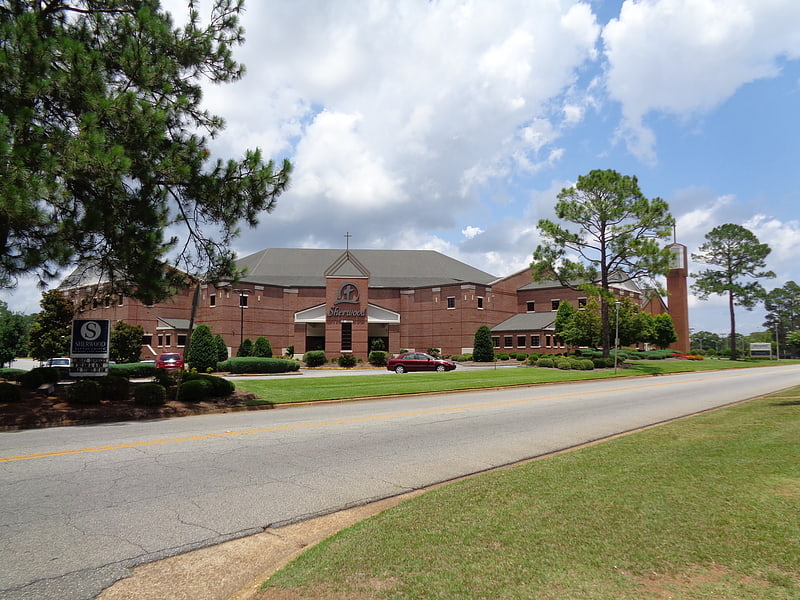
Baptist church in Albany, Georgia. Sherwood Baptist Church is a large Southern Baptist church on Whispering Pines Road in Albany, Georgia, with close to 1,500 weekly attendance. At one point it was a megachurch with close to 2,000 weekly members.[2]
Address: Whispering Pines Road, Albany
Thronateeska Heritage Center
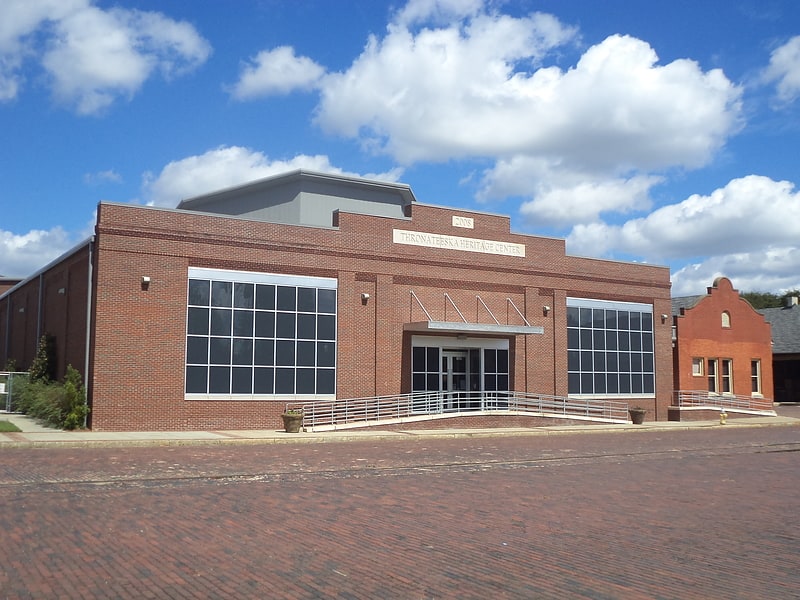
Museum in Albany, Georgia. Thronateeska Heritage Center is a 5013 not-for-profit organization incorporated in 1974 for the purpose of historic preservation and science education in Southwest Georgia. Thronateeska is located at Heritage Plaza, the 100 block of West Roosevelt Avenue in Albany, Georgia, United States.
Thronateeska's campus includes a history museum, science museum, rail car display, and a 40' full dome HD planetarium system, the first in the world of its kind. The museum facilities are housed in historic structures and new construction designed to reflect and retain the railroad heritage of the area. Thronateeska has an archives and collections department, which catalogues, stores, and cares for all of the collections at Thronateeska, and is open to the public for research purposes.[3]
Address: 100 W Roosevelt Ave, 31701-2325 Albany
Old St. Teresa Catholic Church

Building. Old St. Teresa Church is located in downtown Albany, Georgia, on Residence Avenue. It is the oldest church building in Albany, and the oldest Catholic Church still in use in Georgia. The name Old St. Teresa Catholic Church was given, because it changed to a new location in Albany. The church was kept in use and at least one Mass is a held every week.[4]
Veterans Park Amphitheater
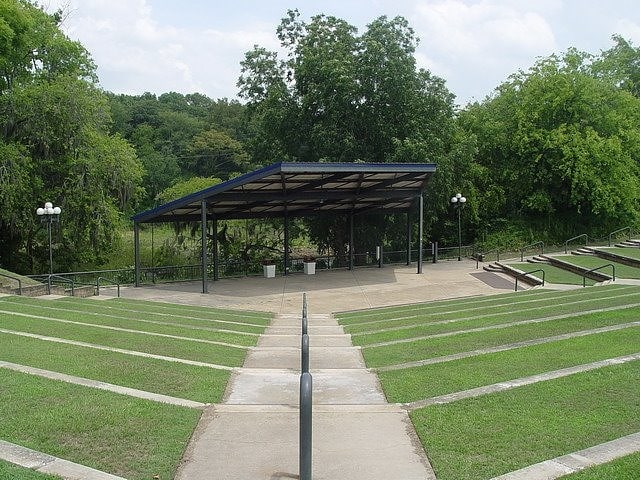
Veterans Park Amphitheater is a 2,500-seat amphitheater located in Albany, Georgia. It is part of a sports, entertainment and convention complex that also includes the Albany Civic Center and Albany Municipal Auditorium. From its opening in the mid 1980s into the mid 1990s, the amphitheater was an anchor for two major annual events in Albany; River Days in the spring and Fall on the Flint. It is now primarily used for concerts and Memorial Day, Independence Day and Veterans Day celebrations.[5]
Address: Albany, Corner of Oglethorpe Blvd and Front Street; Albany, Georgia
Confederate Memorial Park

Park in Dougherty County, Georgia. The Confederate Memorial Park in Albany, Georgia, United States is located on Philema Road across from Chehaw Park.
The stone monument to Albany's Confederate veterans from the American Civil War was originally located in downtown Albany in the middle of the intersection of Jackson Street and Pine Avenue. It was moved several times, first to the grounds of the Albany Municipal Auditorium, then to Oakview Cemetery, and finally to its present location. It was rededicated on January 22, 2000.
An inscription on one side of the monument reads:
They Fought Not For Conquest, But For Liberty And Their Own Homes.
The park is owned and maintained by the Sons of Confederate Veterans and the United Daughters of the Confederacy.[6]
Albany Municipal Auditorium
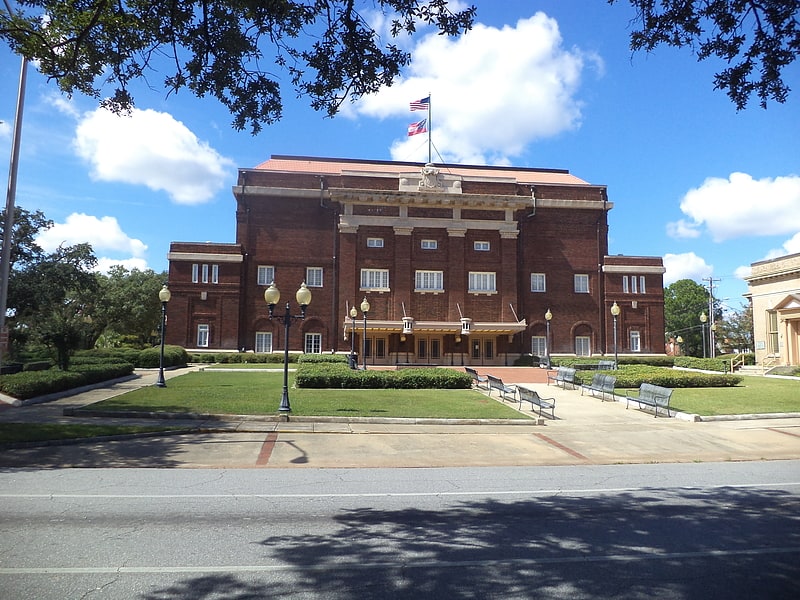
Event venue in Albany, Georgia. The Albany Municipal Auditorium is a multi-purpose auditorium located in downtown Albany, Georgia, U.S. The 965-seat, classic style auditorium includes an orchestra level, as well as first and second balconies and it was listed as "Municipal Auditorium" on the National Register of Historic Places by the United States Department of the Interior in 1975. The auditorium is part of a sports, entertainment and convention complex that also includes the Albany Civic Center and the Veterans Park Amphitheater.[7]
Address: Albany, 301 Pine Avenue,, Albany, Georgia
Dougherty County Public Library

The Dougherty County Public Library is a public library system serving Dougherty County, Georgia. The Central Library is located in Albany, Georgia.
The library is a member of PINES, a program of the Georgia Public Library Service that covers 53 library systems in 143 counties of Georgia. Any resident in a PINES supported library system has access to the system's collection of 10.6 million books. The library is also serviced by GALILEO, a program of the University System of Georgia which stands for "GeorgiA LIbrary LEarning Online". This program offers residents in supported libraries access to over 100 databases indexing thousands of periodicals and scholarly journals. It also boasts over 10,000 journal titles in full text.[8]
Address: 300 Pine Ave, Albany
Radium Springs Gardens
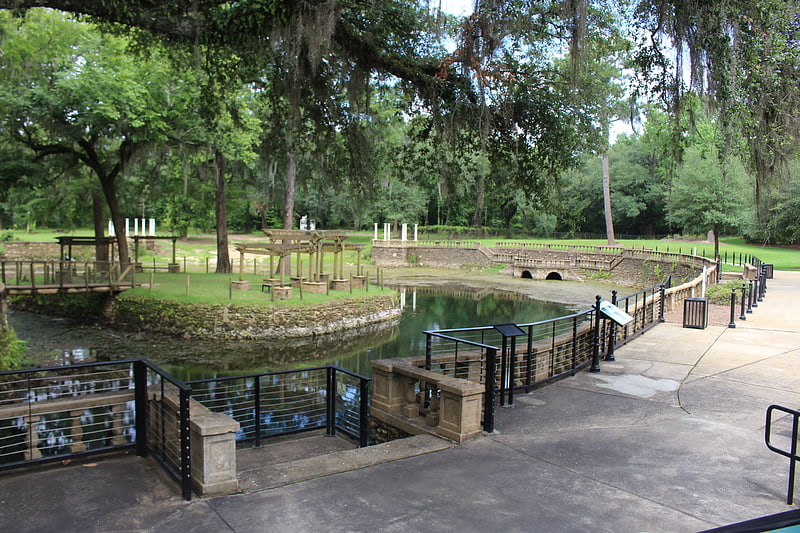
Radium Springs is an unincorporated community located on the southeast outskirts of Albany in Dougherty County, Georgia, United States. It is part of the Albany Metropolitan Statistical Area.
Radium Springs is best known as the location of one of the "Seven Natural Wonders of Georgia": the largest natural spring in the state. The deep blue waters of Radium Springs flow at 70,000 gallons (265,000 liters) per minute and empty into the Flint River. There is also an extensive underwater cavern system.
The water contains trace amounts of radium, and the water temperature is 68 degrees Fahrenheit (20 degrees Celsius) year round.
Prior to the discovery of radium in the water in 1925, the site was known as "Blue Springs".
A casino was built overlooking the springs in the 1920s, and Radium Springs was a popular spa and resort. Northerners traveling by train to spend winter in Florida often stopped to swim in the springs, which were thought at the time to be healthful because of the radium content. The casino was severely damaged when the river flooded in 1994, and again in 1998, and was demolished in 2003.
The nearby Radium Country Club and Golf Course has been refurbished. The course was originally designed in 1927 by noted golf course architect John Law Kerr.[9]
Address: 2501 Radium Springs Road, Albany
Tift Park Community Market
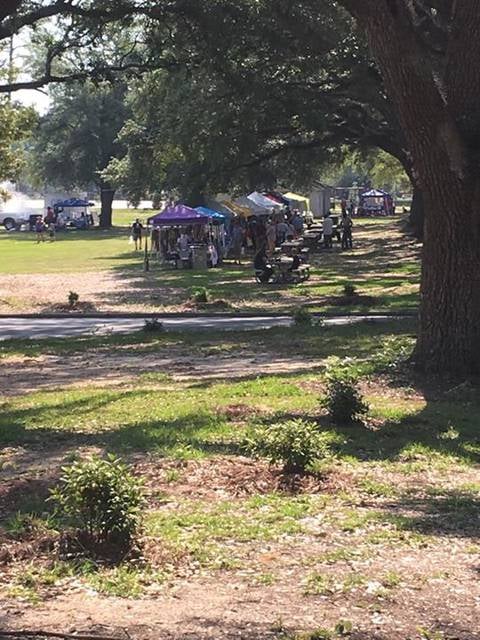
Flea market, Shopping, Park, Relax in park
Address: 5th and Monroe, 31707 Albany
Bridge House
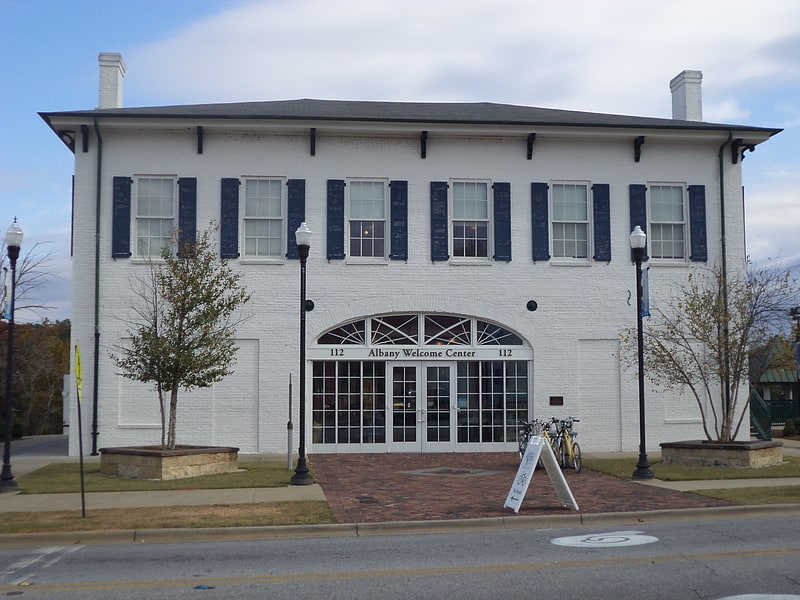
Building in Albany, Georgia. The Albany Welcome Center, formerly known as the Bridge House, is a historic residential building in Albany, Georgia. It was designed by African American architect and engineer Horace King and built in 1858. It was added to the National Register of Historic Places on November 19, 1974. It is located at 112 North Front Street.
Born into slavery, King was granted special rights by the Alabama Legislature in 1858 and was a successful engineer and architect of bridges in the American South. Colonel Nelson Tift hired him in 1858 to build a covered bridge across the Flint River at Albany and King's design included an adjoining Bridge House that served as a gateway to the city.
The home's cellars were used during the American Civil War for a meat packing operation to feed Confederate soldiers, and ground were used as for the slaughter of thousands of cows, hogs and sheep that were pickled in barrels.
On the second floor is a room known as "Tift's Hall" that was made into a theater. It was described as the social center of Albany. Tift hired artists from New York to decorate the hall's walls and ceilings with ornate frescoes. The room was used to host actors, hold dances, stage plays, and was also used for Ku Klux Klan meetings.
In 1887, Nelson Tift sold his bridge rights to Dougherty County, which later built a new bridge south of the Bridge House. The building was home for several decades to an auto parts store, and following the Flood of 1994, was purchased by Dougherty County as part of downtown Albany's redevelopment. The Bridge House was meticulously restored under the direction of David Maschke, a local architect, and reopened as the Albany Welcome Center in August 2008.[10]